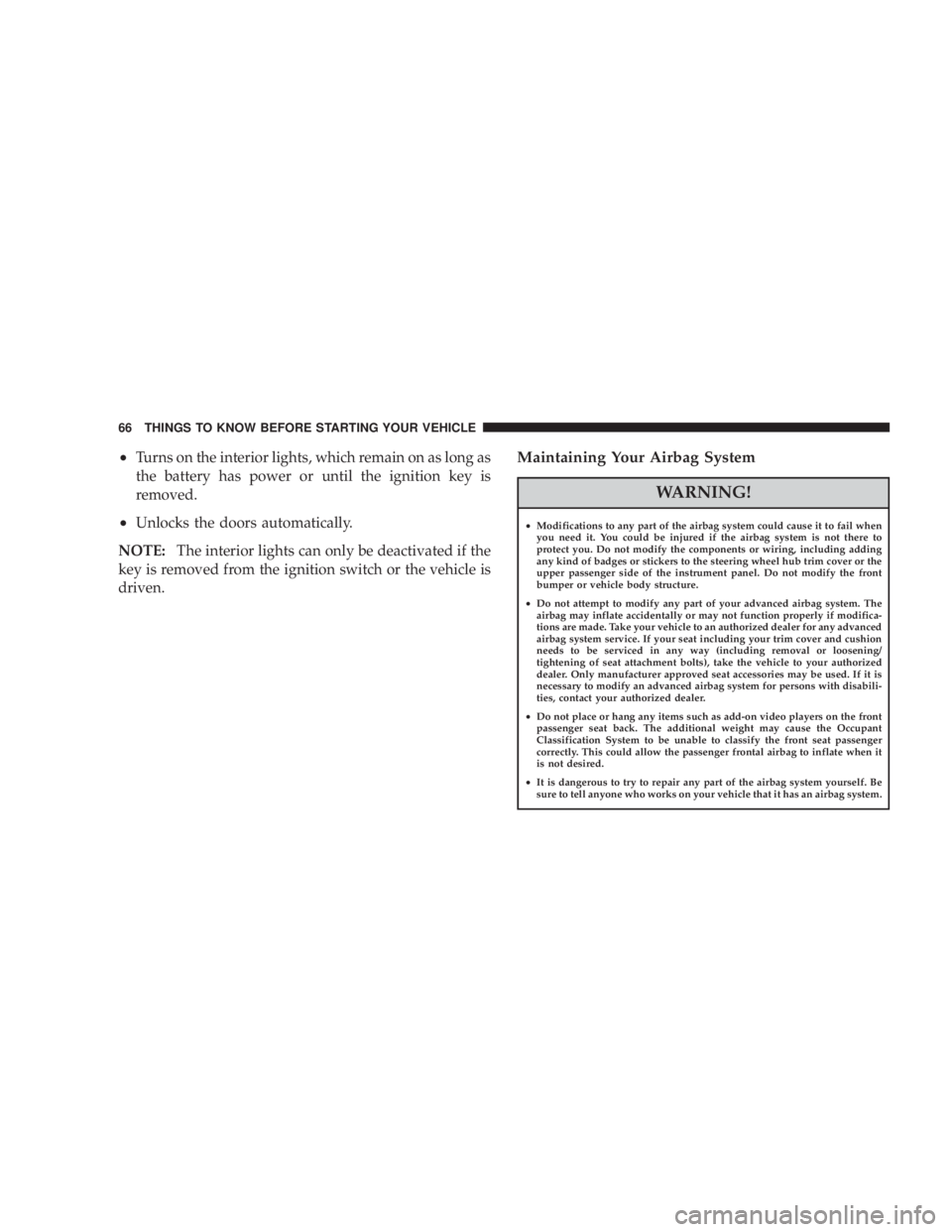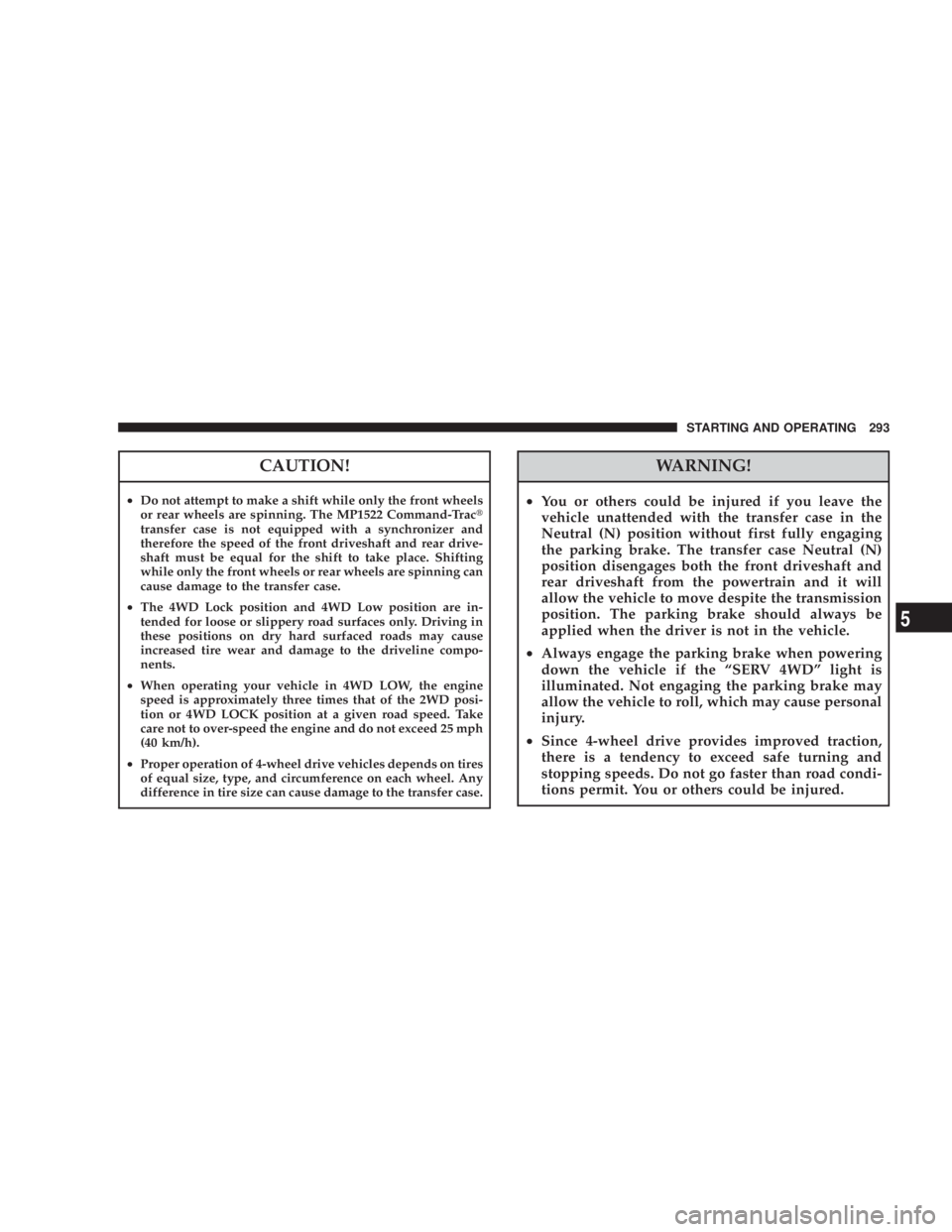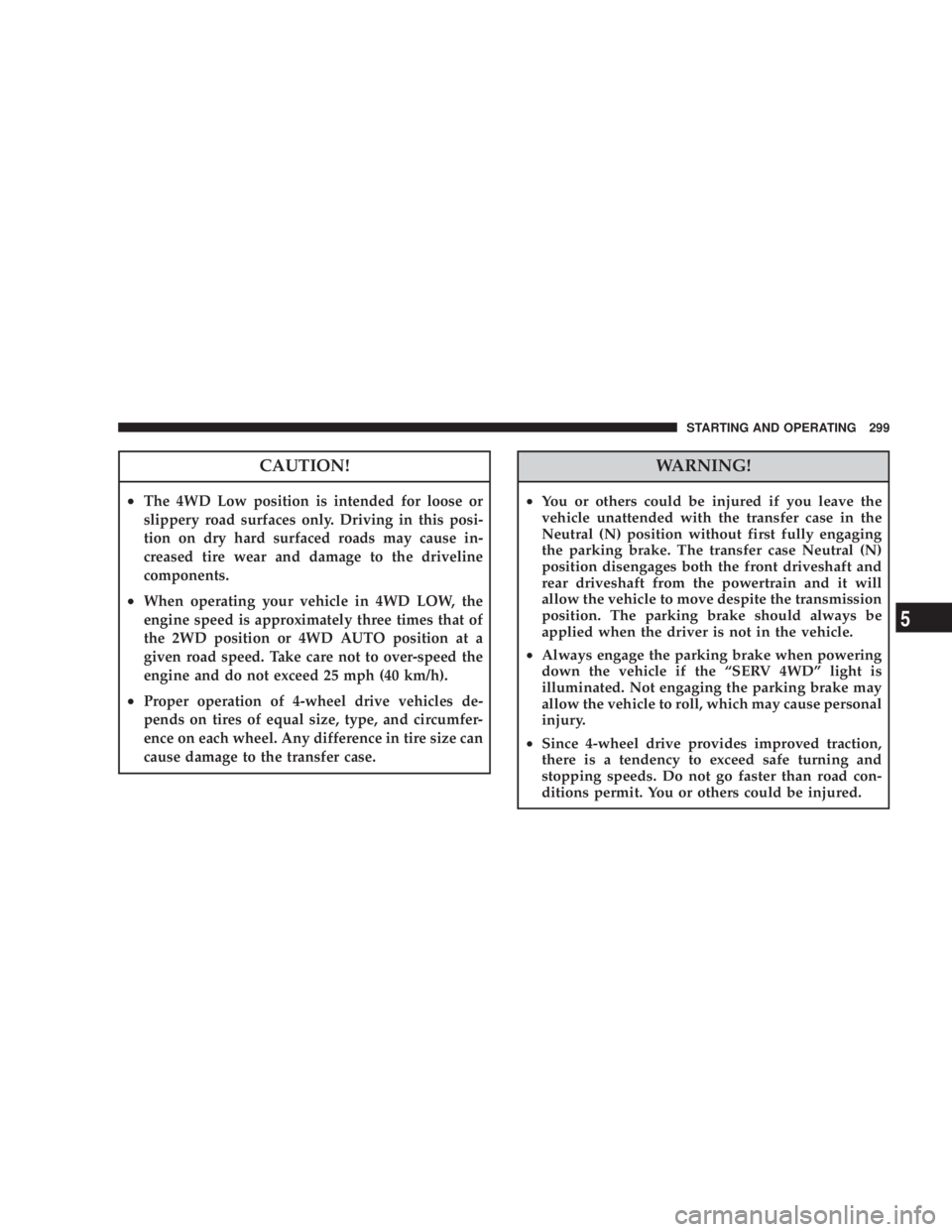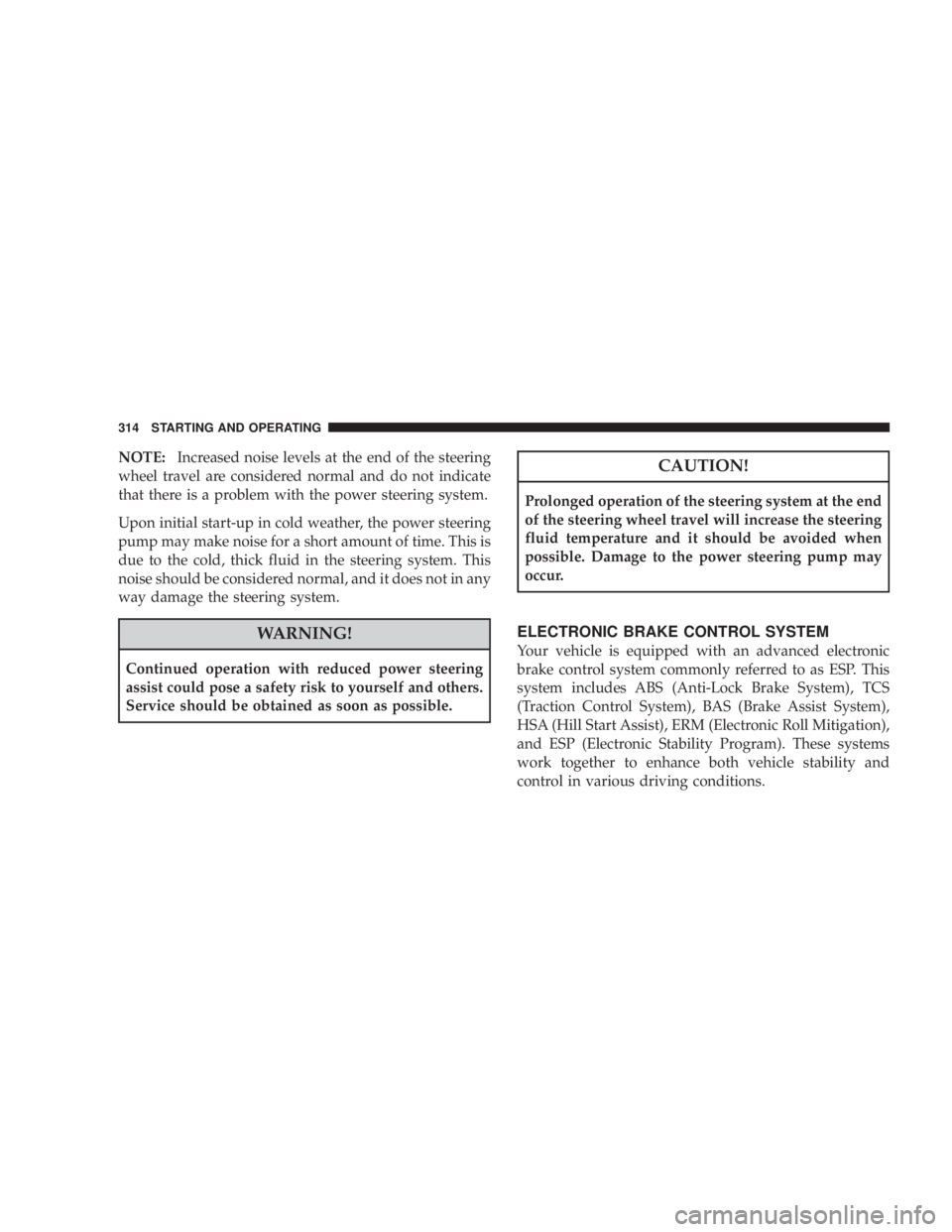wheel JEEP LIBERTY 2008 Owners Manual
[x] Cancel search | Manufacturer: JEEP, Model Year: 2008, Model line: LIBERTY, Model: JEEP LIBERTY 2008Pages: 493, PDF Size: 5.45 MB
Page 66 of 493

WARNING!
²Modifications to any part of the airbag system could cause it to fail when
you need it. You could be injured if the airbag system is not there to
protect you. Do not modify the components or wiring, including adding
any kind of badges or stickers to the steering wheel hub trim cover or the
upper passenger side of the instrument panel. Do not modify the front
bumper or vehicle body structure.
²Do not attempt to modify any part of your advanced airbag system. The
airbag may inflate accidentally or may not function properly if modifica-
tions are made. Take your vehicle to an authorized dealer for any advanced
airbag system service. If your seat including your trim cover and cushion
needs to be serviced in any way (including removal or loosening/
tightening of seat attachment bolts), take the vehicle to your authorized
dealer. Only manufacturer approved seat accessories may be used. If it is
necessary to modify an advanced airbag system for persons with disabili-
ties, contact your authorized dealer.
²Do not place or hang any items such as add-on video players on the front
passenger seat back. The additional weight may cause the Occupant
Classification System to be unable to classify the front seat passenger
correctly. This could allow the passenger frontal airbag to inflate when it
is not desired.
²It is dangerous to try to repair any part of the airbag system yourself. Be
sure to tell anyone who works on your vehicle that it has an airbag system.
66 THINGS TO KNOW BEFORE STARTING YOUR VEHICLE
Page 293 of 493

WARNING!
²You or others could be injured if you leave the
vehicle unattended with the transfer case in the
Neutral (N) position without first fully engaging
the parking brake. The transfer case Neutral (N)
position disengages both the front driveshaft and
rear driveshaft from the powertrain and it will
allow the vehicle to move despite the transmission
position. The parking brake should always be
applied when the driver is not in the vehicle.
²Always engage the parking brake when powering
down the vehicle if the ªSERV 4WDº light is
illuminated. Not engaging the parking brake may
allow the vehicle to roll, which may cause personal
injury.
²Since 4-wheel drive provides improved traction,
there is a tendency to exceed safe turning and
stopping speeds. Do not go faster than road condi-
tions permit. You or others could be injured.
STARTING AND OPERATING 293
Page 299 of 493

WARNING!
²You or others could be injured if you leave the
vehicle unattended with the transfer case in the
Neutral (N) position without first fully engaging
the parking brake. The transfer case Neutral (N)
position disengages both the front driveshaft and
rear driveshaft from the powertrain and it will
allow the vehicle to move despite the transmission
position. The parking brake should always be
applied when the driver is not in the vehicle.
²Always engage the parking brake when powering
down the vehicle if the ªSERV 4WDº light is
illuminated. Not engaging the parking brake may
allow the vehicle to roll, which may cause personal
injury.
²Since 4-wheel drive provides improved traction,
there is a tendency to exceed safe turning and
stopping speeds. Do not go faster than road con-
ditions permit. You or others could be injured.
STARTING AND OPERATING 299
Page 314 of 493

CAUTION!
Prolonged operation of the steering system at the end
of the steering wheel travel will increase the steering
fluid temperature and it should be avoided when
possible. Damage to the power steering pump may
occur.
ELECTRONIC BRAKE CONTROL SYSTEM
Your vehicle is equipped with an advanced electronic
brake control system commonly referred to as ESP. This
system includes ABS (Anti-Lock Brake System), TCS
(Traction Control System), BAS (Brake Assist System),
HSA (Hill Start Assist), ERM (Electronic Roll Mitigation),
and ESP (Electronic Stability Program). These systems
work together to enhance both vehicle stability and
control in various driving conditions.
314 STARTING AND OPERATING